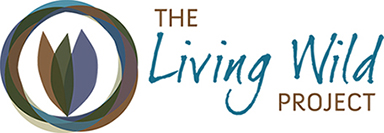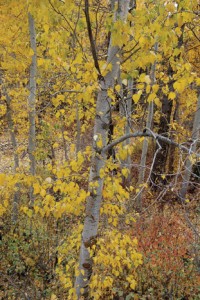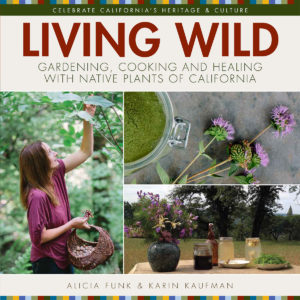Cottonwood
WILLOW FAMILY
Black Cottonwood Populus balsamifera subspecies trichocarpa
Fremont Cottonwood syn. Western Cottonwood Populus fremontii subspecies fremontii
Habitat & Elevation Streambanks below 9,000′
Collection Resinous Bud: winter; Leaf, Inner Bark: spring
Indigenous Names Konkow wylyly; Mountain Maidu lylym, wylylym c’a
![]()
Cottonwoods are beautiful, fast-growing deciduous trees with vigorous, potentially invasive roots. Deep watering and careful placement away from pavement, septic systems, and sewer lines are important to keep roots from becoming a problem. They perform best in interior regions with hot summers and cold winters. Cottonwoods require regular water. Watering deeply will encourage root growth down to ground water so that supplemental irrigation is not necessary once established. They prefer moist but well-drained, fertile soil, but will tolerate many conditions. Cottonwoods have triangular leaves that rustle gracefully in a breeze, producing a soothing sound. They make beautiful specimen trees, can be useful as a windbreak, and are wellsuited to areas that receive ample moisture.[23]
Black Cottonwood Populus balsamifera subspecies trichocarpa
Plant type Deciduous tree
Size 30′ – 100’x25′ – 30′
Light Full sun
Water Regular
Zone 6 to 10
The Black Cottonwood is a large, narrow tree that has 3″ – 5″ elongated, triangular leaves with serrated margins that are shiny and dark green above and whitish below. It occurs naturally in mixed woodlands or along streams below 9,000′.[18]
Fremont Cottonwood Populus fremontii subspecies fremontii
Plant type Deciduous tree
Size 40′ – 60’x30′ or wider
Light Full sun
Water Regular
Zone 6 to 10
The beautiful Fremont Cottonwood is an iconic symbol of a moist area within an otherwise arid landscape. It occurs naturally in environments ranging from the deserts of the Southwest to the Sierra Nevada, always adjacent to a regular water source. The spreading and towering habit of the Cottonwood provides soothing shade, while the sound of the wind blowing through the leaves echoes the rush of a cool stream. The 2″ – 4″ wide heart-shaped leaves are glossy, leathery, coarsely-toothed, and turn bright yellow-green in the fall. Female trees produce masses of cottony seeds that are blown through the air, spread on the ground, and can be a bother. ‘Nevada’ is a male variety and does not produce the cotton.
Use as a large shade tree in an open area, alongside a creek or pond, at the edge of a lawn, or as a windbreak. If placing a Cottonwood near a lawn, be sure to water the lawn deeply and infrequently (once a week, maximum) to prevent Cottonwood roots from seeking surface moisture and disturbing the lawn. Place it where its roots will not disturb hardscape or underground utilities.
![]()
Colds, Coughs and Sore Throats
Make a tea for colds and coughs by steeping buds or inner bark for 15 minutes.[2] All Populus species have similar active compounds and can be used for similar indications. Scientific studies have shown anti-inflammatory and expectorant activity. Gargling with preparations of Populus may relieve laryngitis.[17]
Rheumatism, Sore Muscles, Joint Inflammation
Crush fresh or dried plant (resinous buds, leaves and inner bark) and boil for 15 minutes. Strain and add to the bath or to melted beeswax for a soothing, pain-relieving salve. Use externally for muscle or joint pain according to the knowledge of the Cahuilla, Kawaiisu and Diegueño Indians as well as modern laboratory tests.[2, 16]
NOTE Cottonwood contains compounds related to aspirin, populin and salicin, and works as a pain-reliever. The German government has officially recognized the external use of Poplar for skin injuries such as sores, bruises and cuts and for sunburn.[17, 52]
Wounds
Make a salve, poultice or tea out of buds (along with inner bark and leaves if available). Apply to wounds, stings and external infections.[2]
![]()
Baskets
Karok Indians used the roots of Black Cottonwood (Populus balsamifera) for basket weaving.[15]
Dyes
Use the buds of Black Cottonwood (Populus balsamifera subspecies trichocarpa) to make a yellow dye according to the Cheyenne, Missouri and Nitinaht Indians.[15]





